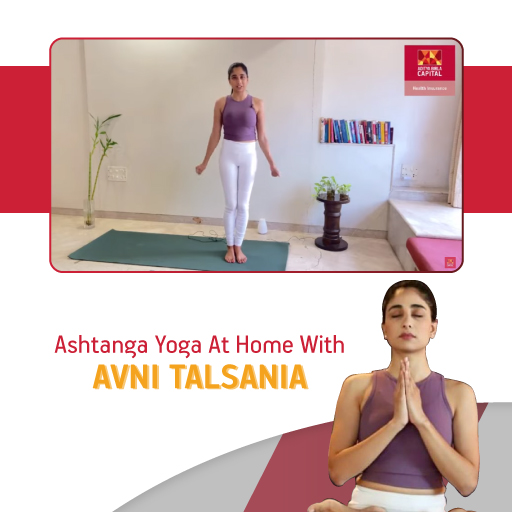
For anyone looking to practise Ashtanga Yoga at home, it can be a great way to improve the body and mind.
Importance of Ashtanga Yoga
Since gaining popularity in the 1990s through Pattabhi Jois, Ashtanga Yoga is considered by many as one of the most respected yoga formsa. And with good reason. Ashtanga Yoga is centered around a rigorous practise that requires a high level of physical strength, endurance and flexibility.
What is Ashtanga Yoga?
Ashtanga comprises two Sanskrit words, ‘Ashta’, which applies to the number ‘eight’ and ‘Anga’, which means limbs. Thus, Ashtanga is the union of the eight limbs into one holistic system. The eight limbs symbolize the different branches that are the very foundation of the Ashtanga school of thought. It is about integrating the eight limbs of yoga
- Yama (moral codes)
- Asana (posture)
- Pratyahara (sense withdrawal)
- Niyama (self-discipline)
- Pranayama (breath control)
- Dhyana (meditation)
- Dharana (concentration)
- Samadhi (oneness with the self)
Overview of Ashtanga Yoga
The goal of practising Ashtanga Yoga is to purify the mind and body. This purpose-driven practise contain quick and powerful movements, enabling the practitioner to focus and grow. At home, the individual is required to practise regularly before going to the next level.
Benefits of Ashtanga Yoga
The simple truth is that there are a lot of benefits of Ashtanga Yoga. This form of yoga is perfect for athletes and those looking at hardcore workouts. Just like most yoga styles, Ashtanga concentrates on breath, meditation and poses, thus, improving breathing, balance and flexibility.
Additionally, your stamina increases, body weight is controlled, and muscle and bone density are strengthened while ultimately lowering your blood pressure and relieving stress.
Ashtanga Yoga Practise
Ashtanga Yoga follows five key principles in its practises, which are necessary to succeed in this form of yoga
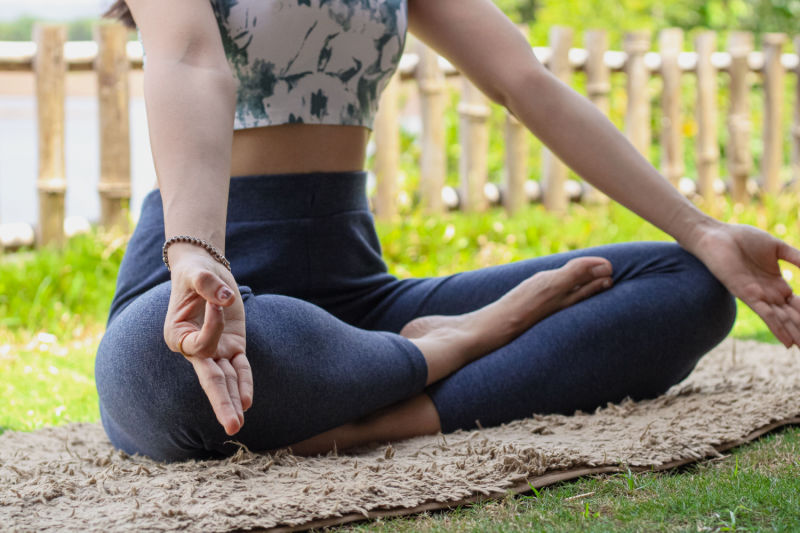
Ujjayi Pranayama: You will likely use this slow breathing technique throughout the practise to warm up, energize and increase concentration.
Drishti: A specific drishti or focal point is used in every asana to create a focused practise.
Vinyasa: The practise’s core is to synchronize breath sequences of postures and transitions.
Bandha: Bandhas, or body locks engagement, is encouraged so the pranas (energy) are sealed for core stability.
Daily practise: A six-day-per-week routine would be perfect.
Ashtanga Yoga Poses
In Ashtanga Yoga, there are six levels you need to master. After mastering the primary series, you can move to the secondary and advanced series.
The primary series consists of four pose types:
- Standing Posture
- Seated Posture
- Finishing sequence
- The Final Three
Before you begin, you must start every session with the five rounds of Surya Namaskar A and B. Surya Namaskar A consists of 12 poses, which include Tadasana, Uttanasana and more, while Surya Namaskar, the more challenging one, has 17 poses that include Utkatasana, Virabhadrasana and more.
Standing Posture: It starts with two forward folds that are
- Padangusthasana
- Pada Hastasana
You will then continue with the following two forward folds
- Wide-Legged Forward Fold
- Side Intense Stretch
- Throughout the process, vinyasas are periodically added.
Seated Posture: It begins with the Dandasana, Staff Pose, moving through variations of Purvottanasana and Paschimottanasana, focusing on folding and twisting. You will then move through
- 3 variations of Janu Sirsasana
- 4 versions of Marichyasana
- 5 versions of Navasana
After which, you move to Crow Pose and jump backs (the more challenging section), followed by Kona, angle, and family of postures.
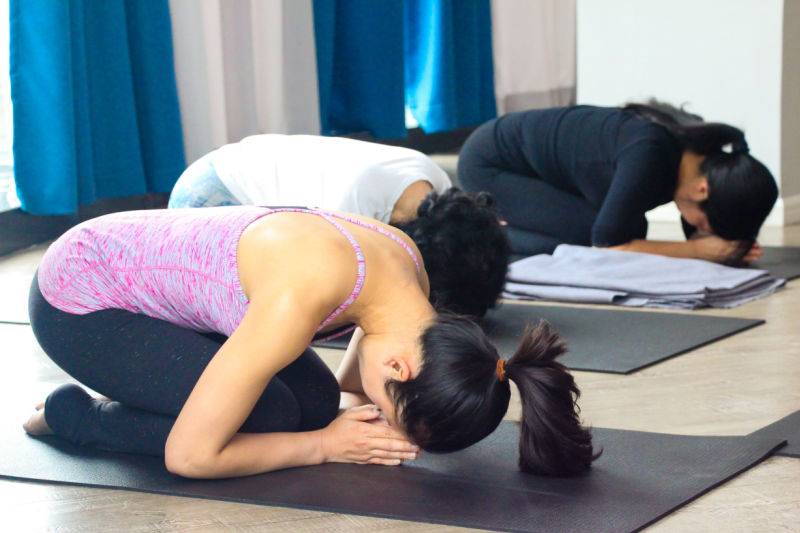
Finishing Sequence
Take ten breaths for Urdhva Dhanurasana, followed by Paschimottanasana. There are nine poses in the finishing sequence, starting with Salamba Sarvangasana and ending with Sirsasana B. Before going to the next pose, the Child’s pose.
The final three
You have finally reached the three closing postures, which are
- Yoga Mudra
- Utpluthih
- Padmasana
It would help if you ended with Savasana and finally took some rest.
How is Ashtanga yoga different from other types of yoga?
Unlike other forms of yoga, Ashtanga yoga is dynamic and athletic, making up six levels with a fixed number of poses. What sets it apart is that the Ashtanga is always performed with the same poses in the same order. Rooted in the vinyasa, the flowing movement between postures is focused on breath and energy.
Ashtanga’s intensive physicality is about pushing mental blocks and bringing mindful breathing, flexibility, mental clarity, endurance and physical strength. It is designed to help you quickly improve your body and overall wellness.
Stay tuned to the Activ Living Community. Keep up to date with the latest health tips and trends through expert videos, podcasts, articles, and much more in nutrition, fitness, mindfulness, and lifestyle conditions like Asthma, Blood Pressure, Cholesterol, and Diabetes.
You may also be interested in the following blogs:
- Yoga For Energy: 4 Exercises To Improve Your Strength And Flexibility
- Breathe Your Way To Health: 3 Well-Known Kapalbhati Benefits
Popular Searches
How to lower blood pressure | Fruits good for liver | Unhealthy foods | Ragi Benefits | Basal Metabolic Rate | Acupressure points for High Blood Pressure | Ayurvedic medicine for blood pressure | How to control cholesterol at home | Homeopathy for Asthma | Biological Age | Home remedies for TB | Natural beta blockers | Negative effects of internet | Types of walking | Blood pressure calculator | Blood sugar calculator | BMI Calculator





 1800-270-7000
1800-270-7000


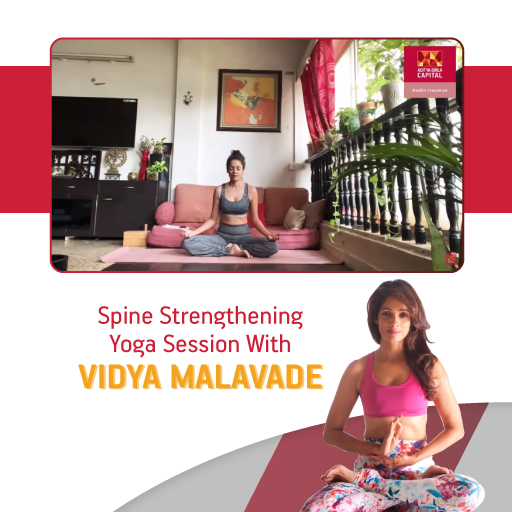
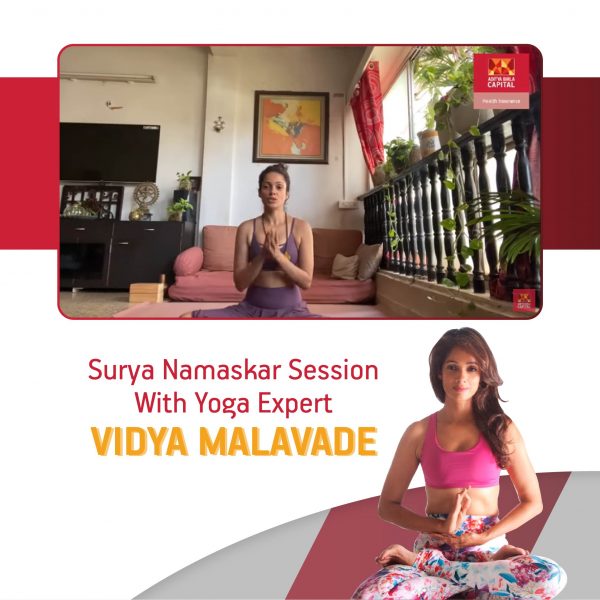
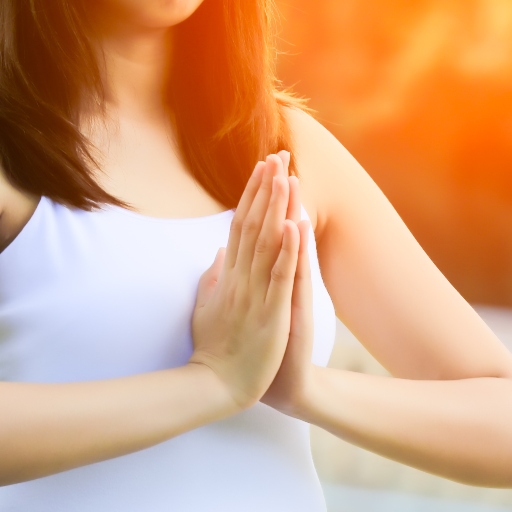
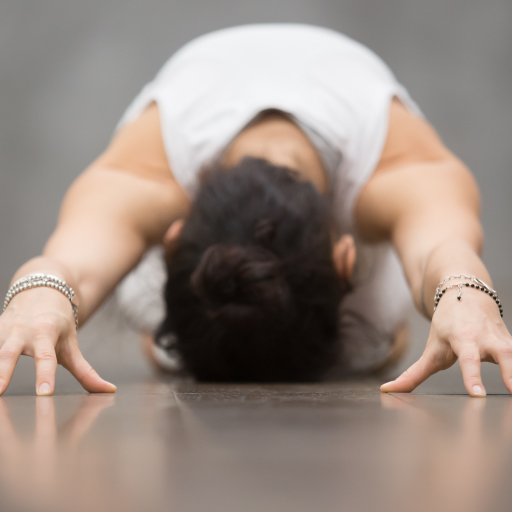
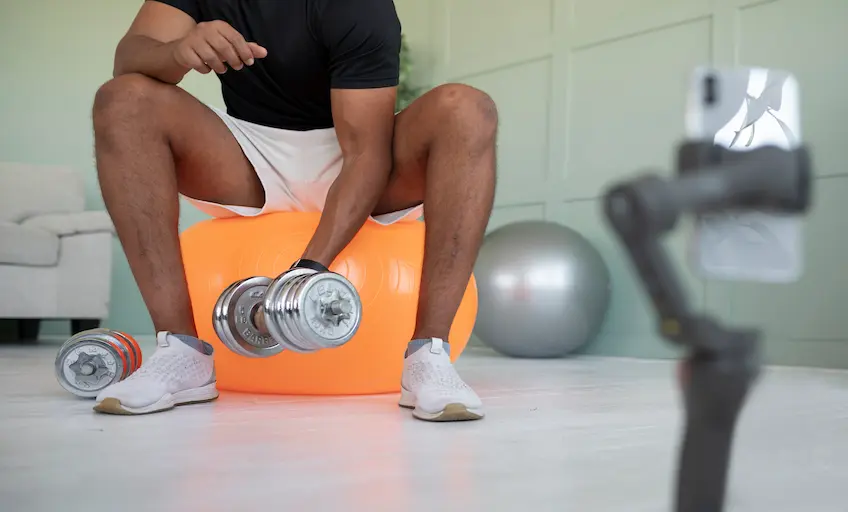


This article is a source of inspiration for me, it helps me a lot in sleep problems.